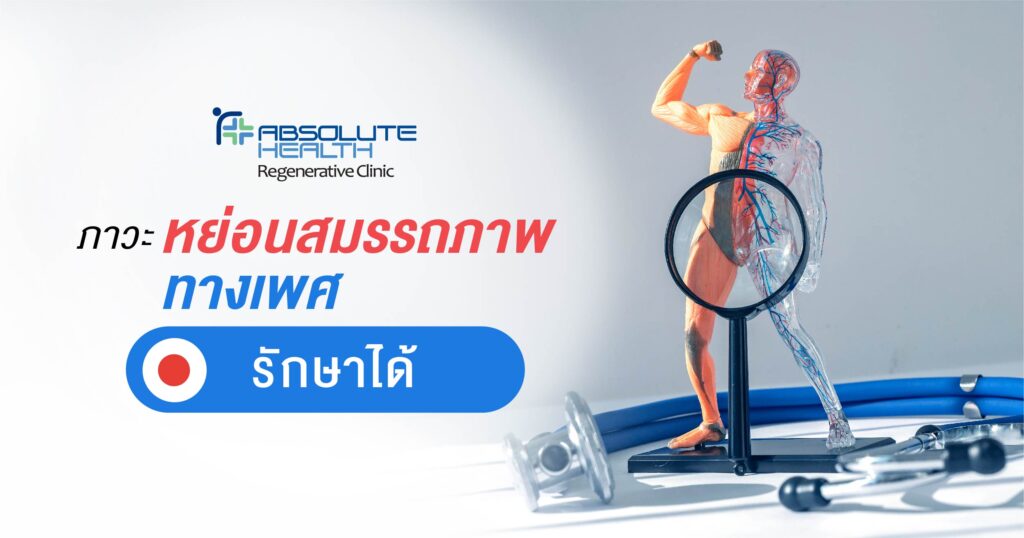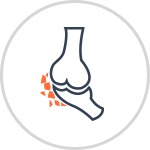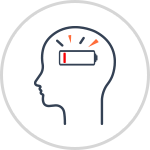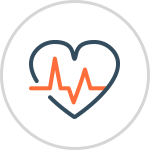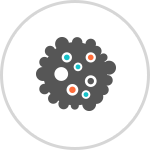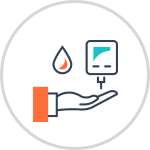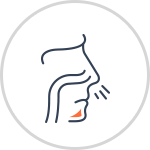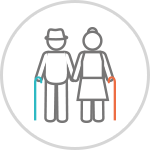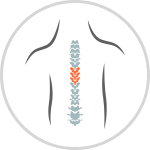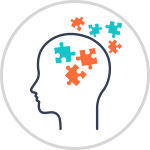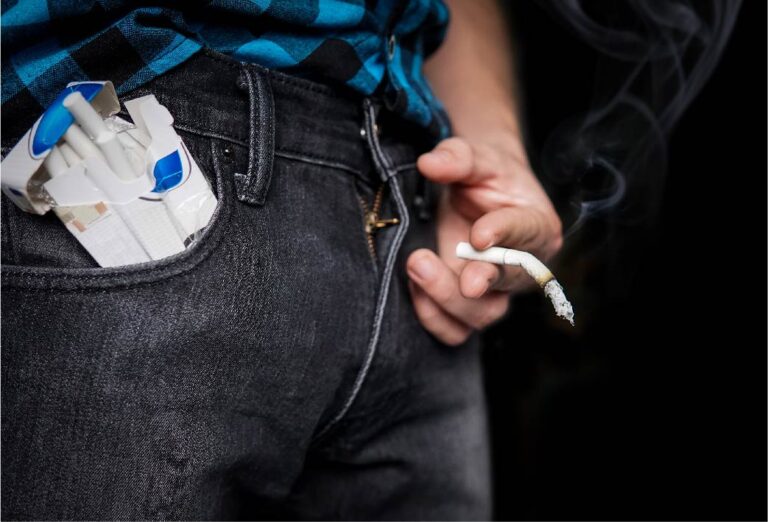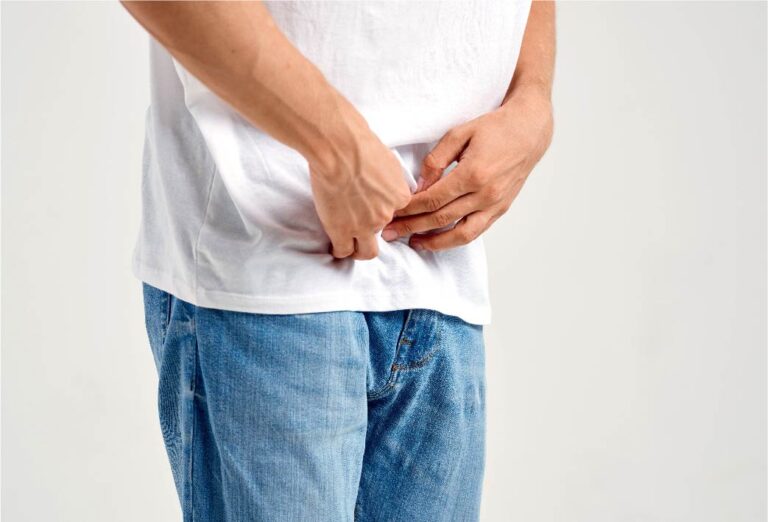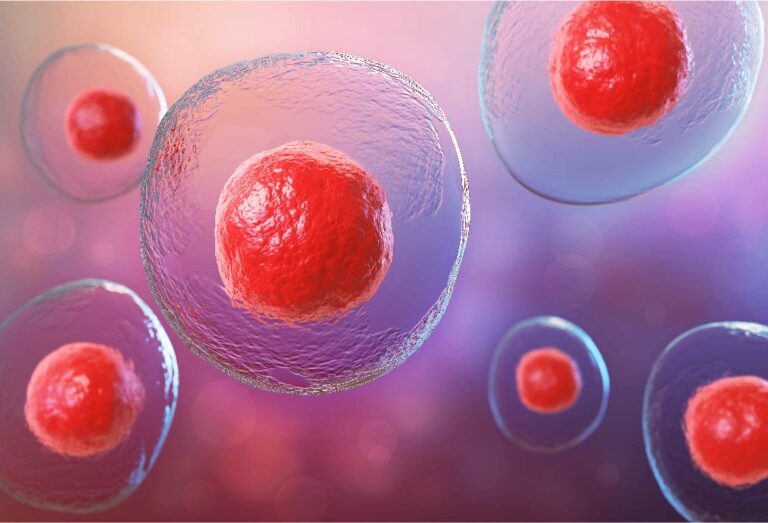Erectile dysfunction [2]
Basic Care
A change in lifestyle is a significant component in the majority of circumstances. Treating physicians often advocate regular exercise, a focus on foods like vegetables and fruits, or Mediterranean-style diets, as well as eliminating smoking and drinking alcohol. All of the aforementioned changes would have a positive effect on a person’s blood glucose, cholesterol, and blood pressure levels, helping to improve body function, including erectile dysfunction. Aside from that, managing physicians will typically ask about the patient’s current medications, since some of them may have an adverse effect that is the core cause of the patient’s erection problem.
General treatment of erectile dysfunction
Commonly, the most treatments are based on the patient’s symptoms. However, in most cases, these treatments are not permanent because they do not address the underlying cause of the problem.
Method 1: One of the quick fixes is the usage of Phosphodiesterase-5 (PDE5) inhibitor class drugs. It works by increasing circulation by enlarging the arteries in the genitals. The better the blood flow through the penis, the better the erection. The primary component found in this class of drugs is cGMP, or cyclic guanosine monophosphate.
The mechanism of action is driven by the nitric oxide properties. However, it is naturally controlled when it is forms. The enzyme Phosphodiesterase-5 naturally breaks down cGMP (PDE5) and helps to prolong the duration of the erection. Some of the brands under this category are as follows; Sildenafil or Viagra, Vardenafil or Levitra, and Tadalafil or Cialis®.
Method 2: The employment of a vacuum cylinder penis pump is method number two.This way of treating erectile dysfunction is usually reserved for those who have found the first method to be ineffective or who have secondary medical conditions that preclude them from taking the class of medications listed in Method 1. This approach has been shown to be completely safe. However, there is a drawback to the situation. Erections are usually short-lived, and they can also alter the user’s ejaculation. According to studies, the rate of performance is around 70% –80%, and the percentage of satisfaction is low in real-world application.
Method 3: The third method involves inserting the medication through the urethra known as Prostaglandin E1. This medication is approximately the size of a grain of rice. The patient must first urinate before inserting the tiny pills into the urethra. After being inserted, the medication dissolves and is absorbed into the penis muscles. The effectiveness of this type of medication ranges between 50 and 65 percent. Relative to the cost, side effects include urethral burning and erratic performance. As a result, for many people, Prostaglandin E1 is not the treatment of choice.
Method 4: Medical injection directly into the penis is one of the most commonly used methods. However, these PDE-5 inhibitor injections are not that effective. The blood vessels expand and then harden. Some examples of such injections are: papaverine, prostaglandin E1 or Alprostadil, phentolamine, and atropine.
There are several side-effects to these methods, such as the pain of the actual injection, erections lasting longer than expected (priapism), bleeding or bruising at the injection site, as well as scarring.
Patients should not increase the dose of the injection by themselves without consulting a doctor. The managing physician should also be informed of the patient’s medication regime in order to prevent any adverse effects.
Method 5: Using Shock Wave or Sound Wave Therapy is reportedly effective in treating patients with erectile dysfunction who do not respond to medications such as PDE5 inhibitors. This treatment is believed to improve the circulatory system in the genitals. It causes the cells lining of the blood vessels to grow and then stimulates stem cells in the genitals.
In 2012, research studies showed that the use of shock wave to treat sexual dysfunction showed positive results among people who had previously responded to PDE5 inhibitors and had no side effects. Another study was conducted on 29 patients who were resistant to PDE5 inhibitors and found that shock wave therapy works well.
Method 6 is genital augmentation. This method is used when other methods do not work. This method involves inserting the device into the genital area. This device helps with patients’ erection. However, the side effects of using such a device are abrasion, leakage, infection, and device malfunction.
Alternative treatment of erectile dysfunction
Chemicals are used in some of the aforementioned treatments, particularly when oral medications are used. These medications can sometimes have a lot of adverse effects or contraindications. As a result, using natural-based nutrients may be a preferable choice. The following are some examples:
- Yohimbine is a naturally derived compound produced from the Yohimbine tree’s bark. It is a natural substance that was widely utilized prior to the development of the PDE-5 inhibitor group. Yohimbine has also been demonstrated to be effective in the treatment of erectile dysfunction.
- Arginine is an amino acid or subunit protein that aids in the conversion of Nitric Oxide, which causes blood vessels to dilate. In a European trial of 124 men aged 30 to 50 with moderate erectile dysfunction, arginine was found to be more effective than medications in the PDE5 group.
- Ginseng is another type of natural medicine that is frequently used to treat erectile dysfunction. A study on 349 patients was conducted and found to be effective. However, due to the collection process, the data collection methodology is not official, and thus the results are not conclusive.
Stem Cell Therapy
To date, most treatments for erectile dysfunction are symptomatic, and does not cure or rehabilitated the actual problem. Drug resistance problems were also found in the PDE-5 inhibitors group in about 20% for people without medical conditions. However, if you have diabetes or have had prostate surgery before, the chance of drug resistance increases to 40 %.
Therefore, efforts have been made to find other ways to help, such as injecting chemical-based medicaments into the genital area, the use of vacuum cylinders or even genital augmentation surgery. However, there are limitations to these treatments due to factors such as high cost, side-effects, tolerance of pain during treatments or skimpily poor results. Therefore, there is a need to try to find effective and curable treatments for people with erectile dysfunction, leading the medical community to focus on stem cell use.
Stem cells are cells capable of regenerating themselves or developing into special cells. Studies have shown that stem cell can stimulate the tissue to trigger repaired or self-regenerated. This makes it possible to treat damaged tissues. There has been a lot of research on the use of stem cells to treat erectile dysfunction, which appears to have satisfactory results. In this research stem cells injected are injected into the genital area with proven excellent results.
Published in 2010 by a research team from Korea, the research was based on umbilical cord tissue stem cells of 10 million cells. A study was conducted on seven men aged 57- to 83 who had erectile dysfunction problems due to diabetes. The study showed that, most of them had mooring erection within a month of the injection. The effects lasted more than 6 months and was also lower blood glucose levels 2 weeks after the injection. This indicates that stem cell therapy from the umbilical cord, helps those with both erectile dysfunction and diabetes.
Another important study in 2016, was phase 1 research comparing stem cell use from bone marrow in patients with erectile dysfunction who had previously undergone prostate surgery. By giving in cell counts, dividing patients into four groups and providing stem cells of; 20 million cells, 200 million cells, 1 billion cells, and 2 billion cells. The treatments all worked well without any side-effects. For those who receive the highest amount, were given 6 months follow ups and subsequent phase 2 studies concluded that 1 billion cells have the best efficacy for the erectile dysfunction treatment.
Research on stem cell use for erectile dysfunction has been on going. Apart from the above mentioned, five more studies with a total of 61 patients in phases 1 and 2 with follow-ups ranging from 6 months to 62 months. These studies concluded that stem cell use had a positive effect in treating erectile dysfunction and had no side effects. Therefore, it is a treatment that has the highest potential to help those with erectile dysfunction problems.

